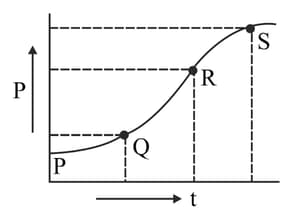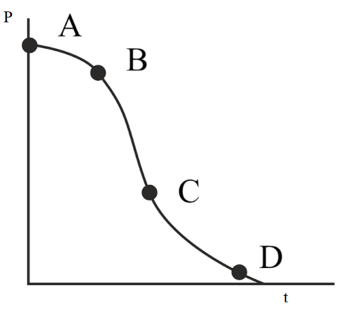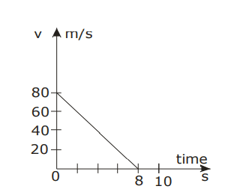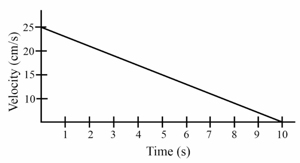Using second law of motion, derive the relation between force and acceleration.
Important Questions on Laws of Motion
In a two body collision, the momentum is varying with time as shown in graph. The instantaneous force is maximum at:

The variation in momentum with time, for a body under collision is shown in figure. The maximum & minimum instantaneous forces are respectively on these points:

Read the following statements and choose the correct option:
Statement: Newton's second law of motion gives the measurement of force.
Reason: According to Newton's second law of motion, force is directly proportional to the rate of change of momentum.

A force ‘F’ is applied on one end of a rope of length ‘a’. P and Q are two points of length ‘b’ from nearest end. The ratio of tensions in string at P & Q is :

The velocity-time graph of a ball of mass moving along a straight line on a long table is given in figure.The force exerted by the table on the ball to bring it to rest is :

A particle of mass is subjected to a force with , what will be its acceleration if it is released from a point
Two similar trucks are moving with the same velocity on a road. One of them is loaded while the other is empty. Which of the two will require a larger force to stop it?
A dynamometer D is attached to two masses and . Forces of and are applied to the masses as shown.

The dynamometer will read :
What force is required to produce an acceleration of a body of mass ?
What is the direction of acceleration?

